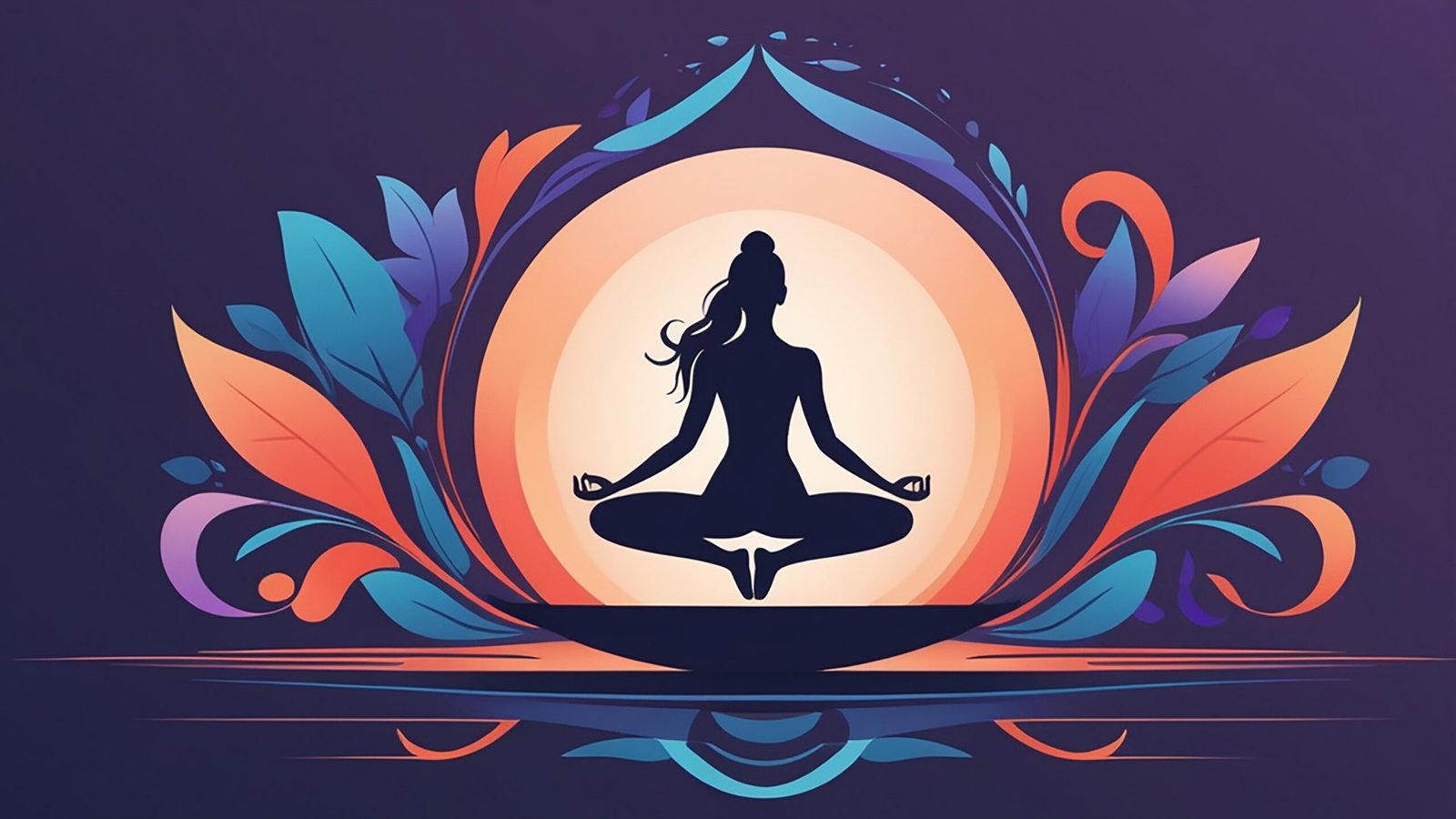— Introduction :
Vilom means “opposite” or “reverse,” and Padmasana is the sacred Lotus Pose. In this unique inversion, the practitioner begins in Supta Padmasana—a reclined state with legs locked in Lotus—and slowly lifts the body upward into an inversion similar to सवाँगासन (Sarvangasana), but while maintaining Padmasana.
This posture is an inner ritual of awakening. Starting from rest, the yogi lifts into stillness and strength, reversing the flow of prana and turning the lotus toward the sky. The feet locked in Padma represent inner purity and detachment, while the upward ascent reflects transcendence over body and mind.
Practiced by advanced sadhakas, Vilom Padmasana strengthens willpower, concentration, and energetic control. It locks the body’s physical mobility and turns awareness upward—preparing the sadhak for deeper meditative states and mudra practices.
— Step-by-step Instructions :
- Sit in Padmasana, crossing the legs firmly with feet resting on opposite thighs
- Slowly lie back into Supta Padmasana, keeping the back flat on the ground and arms beside the body
- Inhale deeply and with control, begin lifting both legs (still in lotus) off the floor
- Press the palms into the ground and gradually raise the hips and back, as in Sarvangasana
- Support the lower back with both hands, keeping elbows grounded and close to the torso
- Maintain the lotus lock (Padmasana) throughout the lift
- Ensure the body is balanced vertically with the chin pressing to the chest (Jalandhara Bandha)
- Keep eyes closed, and hold the pose with calm breathing for 15 to 45 seconds
- To release, gently lower the back and hips with support, returning into Supta Padmasana
- Unfold the legs only after fully resting back on the ground
— Physical And Mental Benefits :
- Strengthens the back, shoulders, core, and abdominal organs
- Stimulates the Vishuddhi Chakra and stabilizes energy flow
- Enhances blood flow to the brain and upper body
- Encourages control of body and breath, essential for deeper yogic practices
- Locks pranic energy within the Sushumna, aiding Kundalini awakening
- Cultivates mental clarity, spiritual stillness, and balance between effort and surrender
— Precautions to Keep in Mind :
- Attempt only if Padmasana and सवाँगासन are mastered individually
- Not suitable for those with neck injuries, hernia, or knee/hip issues
- Avoid during menstruation, pregnancy, or high blood pressure
- Ensure the neck and back are supported—never strain to lift
- Practice under guidance until fully confident in movement control
— Beginner’s Tips :
- First practice Supta Padmasana comfortably without strain
- Strengthen the shoulders and back before attempting full inversion
- If lifting into Sarvangasana is difficult, try raising only the hips slightly
- Use a folded blanket under the shoulders to protect the neck
- Practice near a wall or with guidance during initial attempts
— Best Time to Practice :
- Morning, after loosening hips and spine
- Ideal after warm-up postures like Halasana, Sarvangasana, and Viparita Karani
- Avoid directly after meals or late at night
- Can be used as a prelude to meditation or pranayam
— Advanced Variations :
- Pindasana in Inversion – Wrap arms around the legs in lotus to create a fetal form
- Padma Halasana – From the Vilom Padmasana, lower the lotus to the ground behind the head
- Vilom Padmasana to Sarvangasana Flow – Transition between locked lotus and open leg variations
— Wrapping Up :
Vilom Padmasana is a sacred ascent—from grounded stillness to elevated surrender. It bridges earth and sky, stillness and motion, effort and grace. The lotus, symbol of purity and transcendence, when lifted skyward, expresses the journey of the soul rising beyond the senses. This Asana embodies the path of the yogi—anchored in self-control, ascending through inner strength, and flowering in silence.


